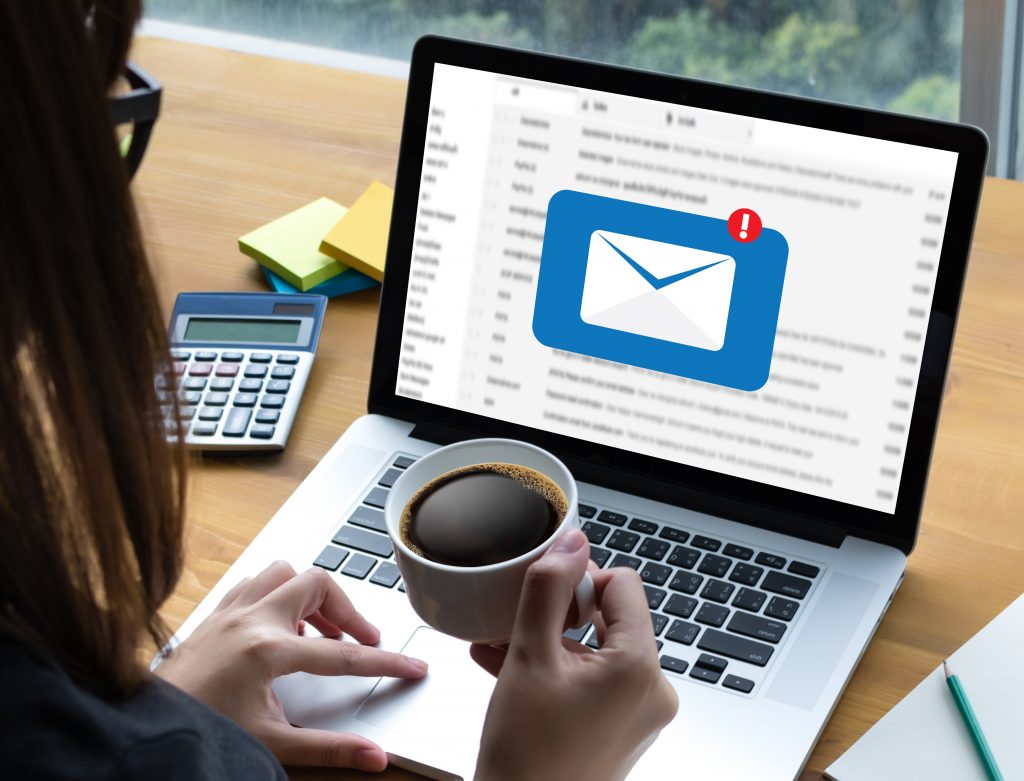4. How to Do Email Marketing More Productively
Every business owner faces the ongoing challenge of attracting more customers. Maybe you have ambitious plans to beef up your social media presence, start a consistent blogging schedule, build your own email list, or write proposals and pitch clients. But how do you squeeze a marketing plan into an already jam-packed schedule? Learn how to do email marketing on autopilot with a customer relationship management (CRM) program.
Email automation lets you create templates for common customer interactions and personalize your email timetable to fit each person’s needs. Customers want different things at different times. And they expect timely communication from your business. Instead of being chained to your inbox, develop a series of emails to help customers discover more about your business as the need arises.
CRMs track a variety of stats to refine your email marketing campaigns, including demographics and customer activity on your website. Imagine a potential customer who visits your blog, reads a few posts, and eventually subscribes. You can send an automatic welcome email and then follow up with content related to topics the person read on your site. Eventually, you’re ready to offer promotions based on the subscriber’s interests.
Email marketing can be time-consuming, which is why automation is a smart way to reach more customers. Integrate your CRM with other business management tools, such as Quickbooks Enterprise, to bring more insight to daily operations.



